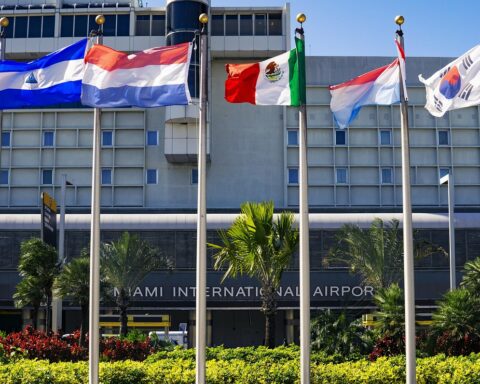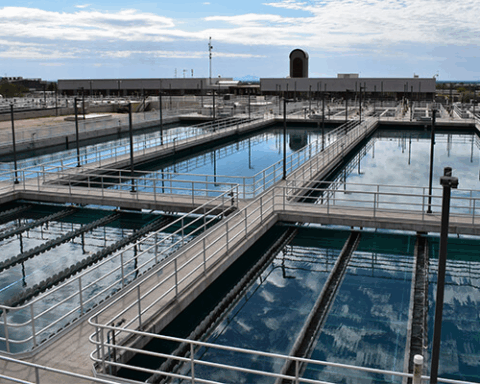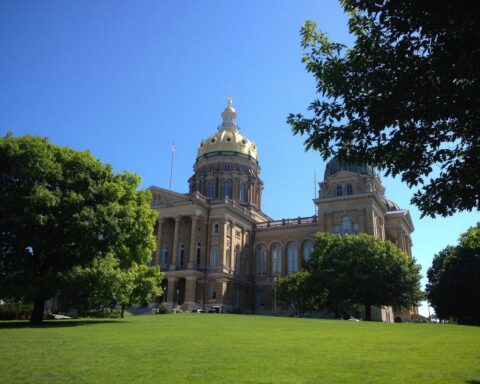Wisconsin is taking a major step toward ensuring clean drinking water for its residents. The state recently announced more than $273 million in funding allocations through the Safe Drinking Water Loan Program (SDWLP) to improve water infrastructure across 86 municipalities, with a particular focus on replacing lead service lines and addressing contamination from PFAS, a toxic substance commonly known as “forever chemicals” because they can stay in the environment for hundreds or thousands of years.
The funding package combines more than $125.6 million from the Wisconsin Department of Natural Resources’ SDWLP with federal grants from multiple sources. The federal portion includes nearly $8 million from the Drinking Water State Revolving Fund, and about $140 million from the 2021 Infrastructure Investment and jobs Act. The latter includes $13.1 million specifically for contaminants like PFAS, $87.4 million dedicated to lead service line replacement and $39.4 million in general supplemental funding.
RELATED: HUD providing $420 million to get the lead out of homes
Wisconsin’s water infrastructure faces significant challenges, with more than 167,000 known lead service lines still in use across the state. However, the state has made notable progress in recent years with over 37,000 lead service lines replaced or deactivated since 2018 — more than in the previous two decades combined — according to a 2023 Wisconsin Policy Forum report.
The loan program has been instrumental in Wisconsin’s water infrastructure improvements since its inception in 1998, providing over $1.1 billion in financial assistance to municipalities. This latest round of funding will be awarded to municipalities over the next year as eligible costs are incurred.
The investment coincides with the EPA’s recent final rule requiring all lead service lines to be replaced by 2037. Wisconsin is one of just four states participating in the Lead Service Line Replacement Accelerators Program, positioning it at the forefront of national efforts to modernize water infrastructure.
The highest single allocation goes to the state’s largest city, Milwaukee, which will receive more than $30 million for lead service line replacement. Of this amount, $19.5 million is in principal forgiveness funding, with the remainder provided as a low-interest loan.
Watertown secured the second-largest allocation with more than $14 million, including $6.9 million in principal forgiveness.
Several smaller communities are receiving funding to address specific contamination issues. The town of Campbell, for instance, will receive nearly $973,000 to tackle PFAS contamination in private wells. The project’s first phase involves constructing a sandstone supply well as a future water source for the entire town, with plans for a distribution system and elevated storage tank in later phases.
In Clinton, a $700,300 allocation will help construct a water filtration building to address iron and manganese contamination in one of the village’s wells. The funding includes $175,075 in principal forgiveness, with the remainder available at a subsidized interest rate.
Additional lead service line replacement funding includes allocations to Manitowoc, which will receive more than $5.5 million with nearly all as principal forgiveness, and Kenosha, which secured over $7 million, including $4.9 million in principal forgiveness.
The preliminary funding lists will be finalized after a 30-day window during which municipalities can request reevaluation of their priority scores. This process ensures that the most critical projects receive appropriate funding while maintaining transparency in the allocation process.
Photo by eberhard grossgasteiger













